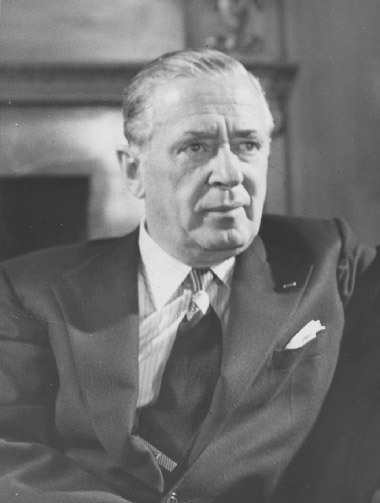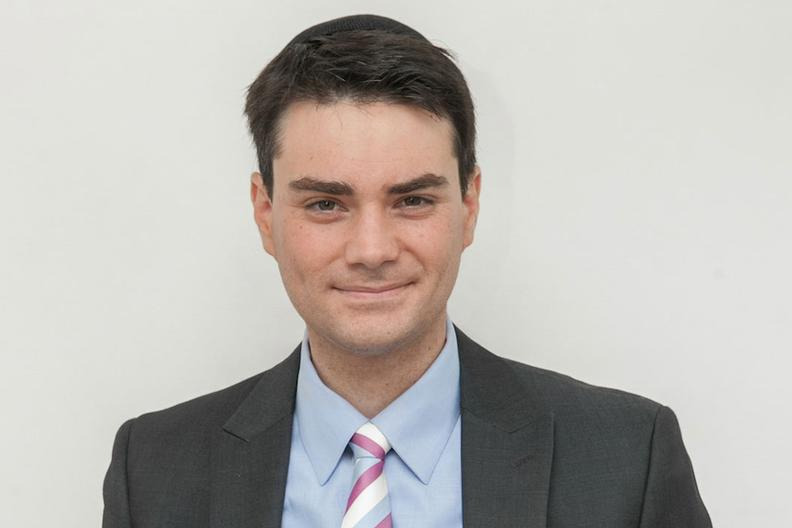
At the end of Eisenhower’s presidency, a project for the “Everest” fighter jet, named after General Frank Everest, was budgeted at $2-$4 billion for the Air Force and Navy.[1] Robert S. McNamara, as Secretary of Defense, would make the final call for who would be awarded for the contract.
The main contenders for this contract were “Boeing Aircraft Company and a joint proposal presented by General Dynamics and the Grumman Aircraft Company.”[2] The fighter jet would come to be called the “Tactical Fighter Experimental,” or TFX. McNamara extended the budget to $6.5 billion to manufacture 1,700 aircraft.
Labor Secretary Arthur Goldberg shared his idea with McNamara that the contract should be awarded to the firm that benefitted the Democratic party the most.[3] McNamara agreed, and established offices in the Pentagon specifically for this goal. The staff with the Department of Labor worked on the proposals, looking at maps with election data of the counties where Kennedy and Nixon won, and where the contractor facility sites were located, and “Goldberg’s team marked the site of each facility, taking into account how many people it would employ, how much money would be spent there how much new construction was involved, and every other political consideration.”[4]
As the buzz of this political work spread through Washington, Boeing and General Dynamics/Grumman battled with their proposals. The evaluation studies would be sent to the Source Selection Board to make the final call. Curtis LeMay said 275,000 man-hours went into this process.[5]
The Source Selection Board, comprised of senior officials from the Air Force and Navy, chose Boeing. However, Goldberg’s study found the General Dynamics/Grumman proposal would be a more advantageous choice politically. McNamara consulted Alfred W. Blackburn, a veteran pilot who was knowledgeable on the subject, who said he preferred Boeing as well. McNamara needed to somehow portray General Dynamics/Grumman’s proposal as superior, so he consulted Kelly Johnson of Lockheed Corporation, head of the Skunk Works division.
However, “Roger Lewis, chairman of the board and president of General Dynamics, had worked at Lockheed. He and Kelly were good friends, and still were in 1962.”[6] Not surprisingly, Johnson told McNamara and said the General Dynamics proposal was satisfactory.














